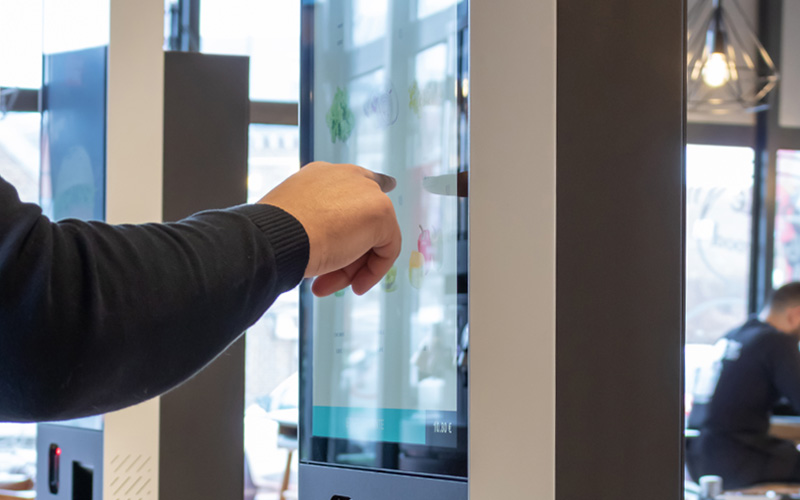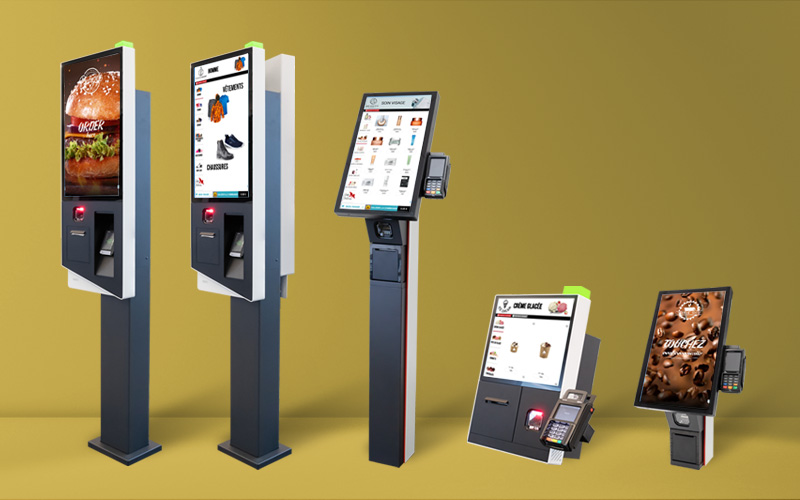Five Ways to Make Your POS System More Resilient
The march towards digitization in retail has passed the point of no return. In a world of cashless payments, smartphones, cloud computing and more, it would be hard to imagine how you could turn back the tide, even if you wanted to.
And let’s be honest – who wants to go back to the days when everything from inventory and pricing to bookkeeping were laborious manual processes involving a lot of math? Digital tech makes running a retail business smoother, slicker and better for your customers, too.
When it works, that is. The downside to the reliance on tech is that, if your WiFi or payment platform or POS system go down, you lose the ability to process transactions. That means you lose the ability to make money.
A number of high-profile system glitches have underlined this vulnerability in recent times. At the end of February, thousands of Walmart stores across the US suffered glitches that interrupted sales and returns of goods. In mid-March, McDonalds suffered global IT issues which it put down to “a configuration change” carried out by a third-party supplier. That coincided with a spate of major retail brands in the UK, including two of the country’s leading grocery chains, experiencing similar issues.
Technical glitches in POS can stem from all sorts of causes, from cyber attacks to, as hinted at in the McDonald’s case, human error. But whatever the origin, POS downtime can be devastating to a business’s bottom line AND reputation.
Such incidents serve to underline the importance of prioritising POS resilience. Here are five steps you can take.
Diversify payments
As a business, how you take payments matters. Especially these days, you want to offer all the different options your customers use. And diversifying payments also makes sense from a resilience perspective.
Tying yourself to a single payment provider and gateway is risky. If that goes down, your business is put on hold. Having backup options allows you to switch if your primary provider experiences an outage. You can still keep transactions flowing.
Similarly, there’s a risk in becoming over-reliant on one method of payment, or even digital-only payments. Every business needs a contactless console these days, sure. But what’s the alternative if that fails? This is a strong reason to keep cash payments as an option. You can also consider accepting payments from banking and remittance apps, as these don’t rely on your on-site POS.
Double down on cybersecurity
Retail payment systems are a major target for cybercriminals for obvious reasons. Even when financial data isn’t being stolen, hackers can cause huge disruption by paralyzing payment platforms with ‘ransomware’ attacks, offering to switch the systems back on only if a ransom is paid. The recent Change Healthcare hack is a sobering reminder of how that works.
Retailers simply must stay on their guard. Keeping your POS up to date with the latest security patches is an absolute must, as cybercriminals are constantly picking holes in existing systems. You should also implement strong password policies and, ideally, multi-factor authentication (MFA) on all accounts, as well as restricting user access to sensitive system resources. These steps will limit the ability of anyone to trick their way into the system.
Prioritize offline functionality
One of the biggest risks with modern networked and cloud-based POS and payment systems is a simple one – an internet outage. The possibility of digital payment platforms not being able to connect for authorisation is another reason to keep accepting cash payments, as discussed above. But as many POS platforms themselves run in the cloud these days, you should also consider software that supports offline working so you can keep processing transactions in the first place.
Monitor systems proactively
With critical systems, responding to an outage is already too late. The clock is already ticking, and every minute the system is down you’re losing money. As we’ve said, retail businesses need their POS to function. So to minimize downtime, you have to get proactive with performance monitoring, testing and preventative maintenance. Robust monitoring lets you take action at the first sign of a little glitch before it can escalate into anything bigger.
Pick the right recovery partner
One of the golden rules of technology is being prepared for when things do go wrong. An effective disaster recovery plan can go a long way to reducing downtime, getting the system up and running again as quickly as possible, and ultimately minimizing losses.
Another way to ensure your disaster recovery game is on point is by choosing the right POS partner. At RTG, we pride ourselves on offering a lot more than just POS sales to our clients. What we specialize in is long-term working partnerships. With 24/7 support, rapid replacement and repair and nationwide field services, RTG is in your corner to boost POS resilience and uptime.
Latest News

KEEP IN TOUCH
NEWSLETTER SIGN UP
| Products | Customer Portal | Contact | About Us |
1663 Fenton Business Park Court,
Fenton, MO 63026



